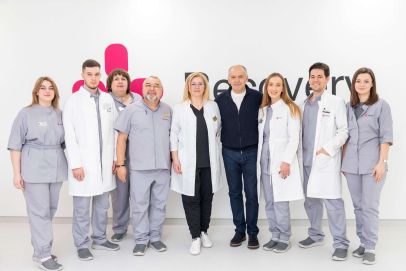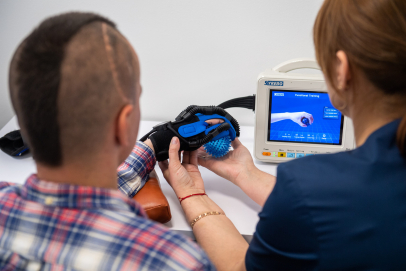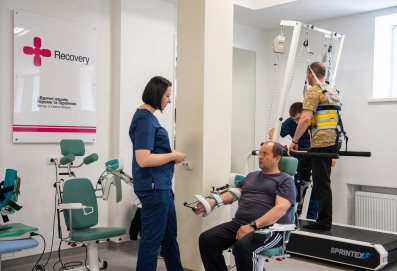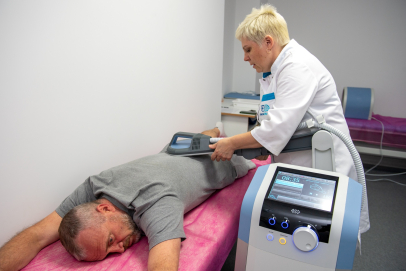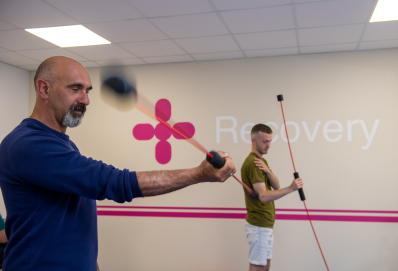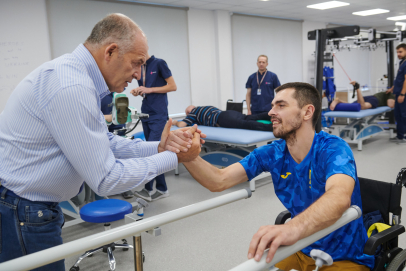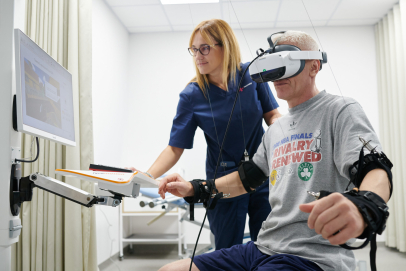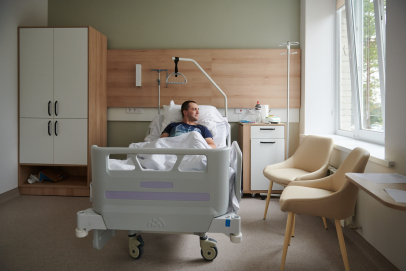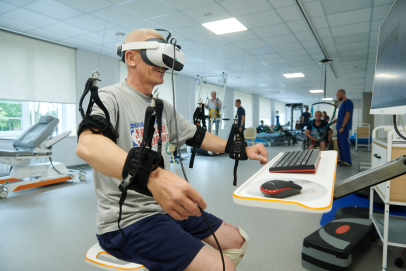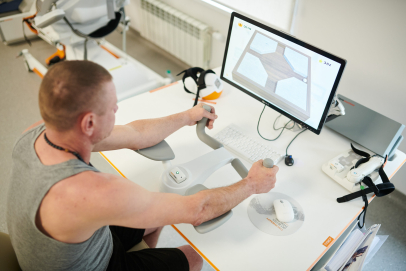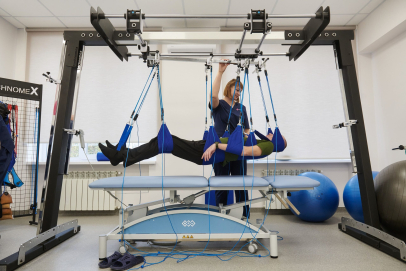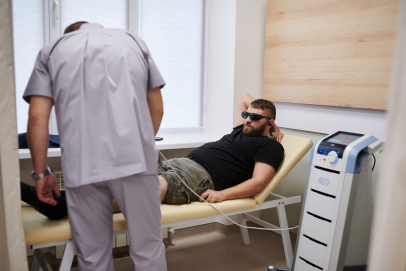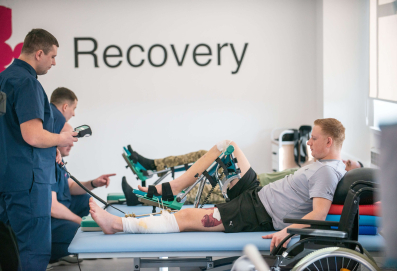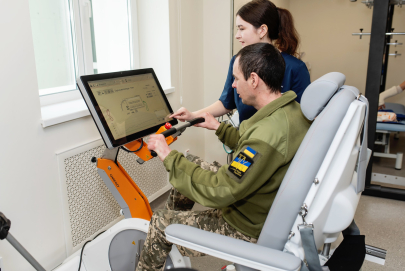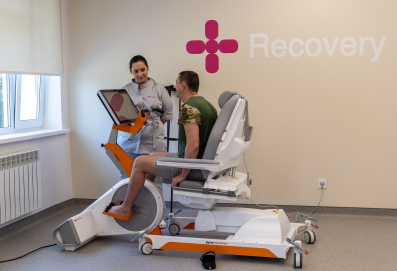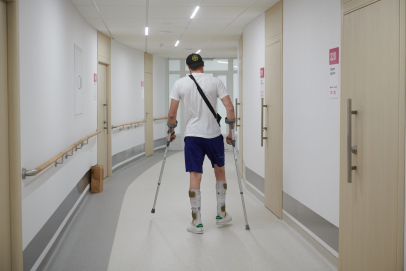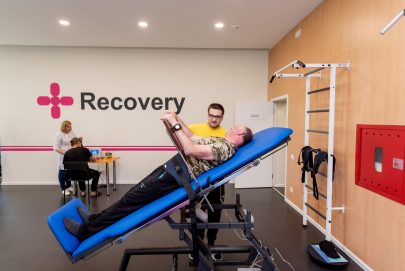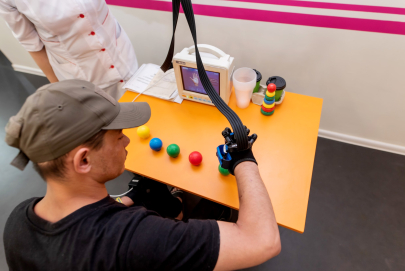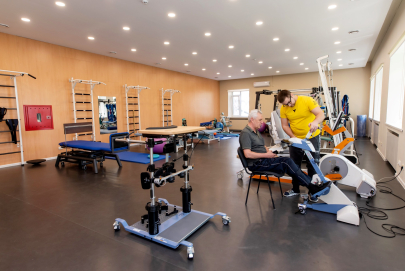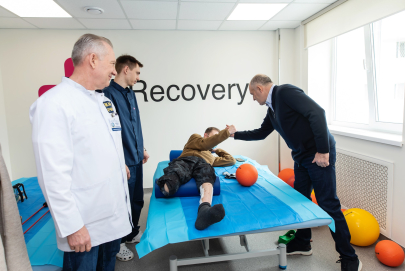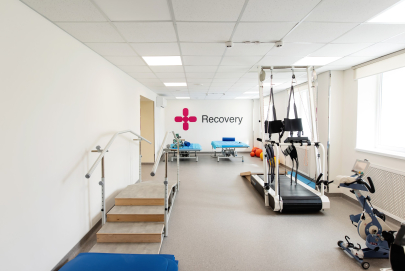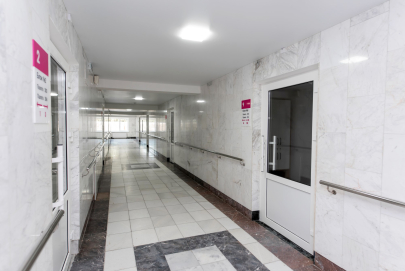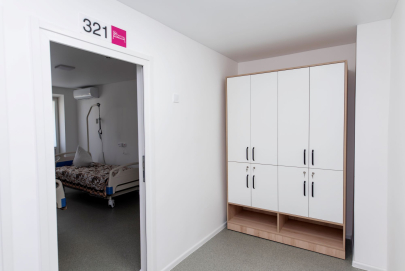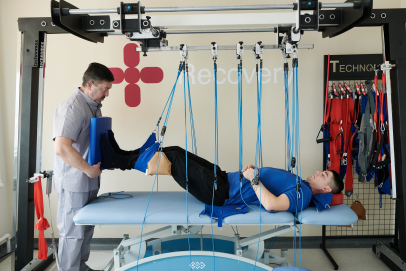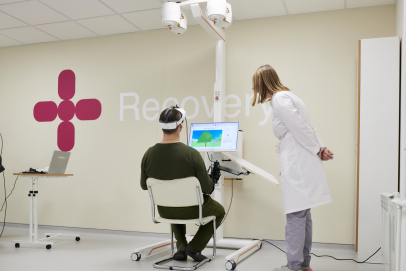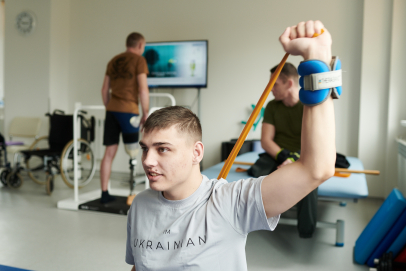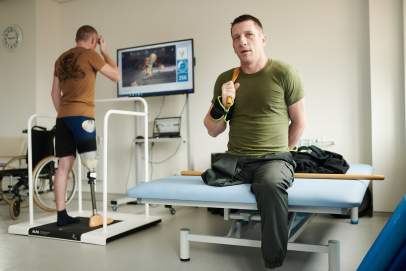29.10.2014
Future Lovers
TWO DAYS BEFORE a pivotal parliamentary election would cement Ukraine’s European future, in the lobby of Kiev’s Premier Palace Hotel, the instrumental version of Rihanna’s “Only Girl (In the World)” was the sole clue that we weren’t in pre–Orange Revolution 2004. Minigarchs in bomber jackets and buzz cuts corralled their plate-faced, ponytailed girlfriends into the restaurant for the “His-and-Hers Menu,” while bodyguards—uniformly better dressed than their bosses—sat slumped over smartphones, throwing the occasional eye to the hostesses busy luring expense accounts to the erotic cabaret upstairs.
I was waiting for writer Adam Kleinman and artists Rossella Biscotti and Carlos Motta, all in town for the exhibition of shortlisted artists (Biscotti and Motta among them) for the PinchukArtCentre’s third Future Generation Art Prize, slated to open the next day. My companions arrived just as a lobby habitué strutted by, all teased hair and tight red dress, with one of those fur coats where you can still make out the tiny arms and legs of the pelt’s former owner. “Cats,” Kleinman observed off-handedly. “Probably,” I conceded, assuming he meant the source of the fur. He was actually referring to the Broadway musical.
That this kind of cartoon-Kiev can still exist after Maidan was one of the key talking points of the October 26 elections, which ended in securing the country’s pro-Euro coalition—though it should be noted that the rebel-held Eastern territories abstained, announcing a separatist vote the following week. In the run-up to the elections, the Ukrainian capital was plastered in campaign posters that couple the anticorruption agenda with a more ambiguous patriotism, à la yellow-and-blue banners trumpeting “Glory to Ukraine!” Maidan Square had been cleared of the outsider art installations (e.g., the sculpture of deposed presidentViktor Yanukovych on his notorious gilded toilet, caged beside a judge’s bench) in favor of a series of sandwich boards bearing an ideologically-muddled mix of cheaply-printed images: crowd shots of Maidan activists, wreckage from Malaysia Airlines Flight 17, and a baffling set of pro-military shots, picturing fully-armed soldiers chatting gamely with old men on bicycles or hugging blonde toddlers to their rifled chests.
The perimeter was lined with “Photographic Evidence of Russian Terrorism,” ranging from meticulously identified ration cards, to a cellphone photo of a tank flying a Russian flag, emblazoned with the slang equivalent of “Donbass or Bust.” When a man approached me asking money “for the soldiers,” I didn’t know which ones he meant. As I shifted away toward the handmade memorials to the Heavenly Hundred (the fallen heroes of Maidan), the subzero temperatures got the best of me and I started to rummage in my bag for a Kleenex. “Zoom in, zoom in!” I heard someone hiss in English. I turned to see an American news crew, their camera trained directly on me. They had thought I was crying.
“If you watch international news, Kiev looks like some kind of dead zone,” artist Zhanna Kadyrova told me as we defrosted over lattes in Na Stanislavskogo, a hip café that models itself after the Soviet intelligentsia, with vintage couches and shelves full of quirkily omnivorous reading materials. Last year, Kadyrova had won the PinchukArtCentre’s award for emerging Ukrainian artists, and she was shortlisted for the Future Generation Art Prize. I asked her if the association with the center’s founder, Victor Pinchuk, came with any backlash in a time when oligarch-bashing was all the rage. She didn’t hesitate with her reply: “I wouldn’t have been able to make a single work this year without Pinchuk’s support. Besides, no one really has any beef with Pinchuk. He keeps a low profile. He’s not trying to run the country, like these other guys.”
Once known for throwing lavish bashes (who else could have Daniel Craig and Nicholas Serota rubbing elbows in a marionette museum?), the art world’s friendliest oligarch has indeed dialed down on extravagance, avoiding the power grabs of national politics and shifting his focus on his charities and art—itself an increasingly unpopular pastime. According to PinchukArtCentre’s deputy artistic director, curatorBjörn Geldhof, attendance has dropped by 40 percent over the past few months. “There’s this misconception that art is unnecessary or frivolous right now,” Geldhof lamented. “Thankfully, it seems people are beginning to realize that they need to breathe, too.”
The PinchukArtCentre hoped to provide some fresh air with the third edition of its Future Generation Art Prize. A selection committee including Geldhof and curators Sun Dongdong, Simon Castets, and David Rifffielded over 5,500 applications from 148 countries to produce a roster of twenty-one artists and collectives hailing from locales as widespread as Zimbabwe, Peru, Cuba, Kuwait, and the Chechen Republic of Russia. The final decision—and the $100,000 prize—will be announced December 6, after deliberations by a jury that comprises curators Adam Szymczyk, Philip Tinari, Francesco Bonami, and Bisi Silva, and artists Jan Fabre and Doris Salcedo.
The exhibition of shortlisted artists was preceded with a survey of works by the prize’s mentors—Andreas Gursky, Damien Hirst, Jeff Koons, and Takashi Murakami—drawn from the collection. “We wanted to show the continued support of our Patron Artists, but we also understood that we had to be sensitive to the context,” Geldhof explained, as we surveyed the pairing of one of Gursky’s photographs of prison interiors with Hirst’s The History of Pain, 1999, which enlists a giant air blower to keep a beach ball hovering over a battalion of butcher knives. My eye landed on a photo of Murakami’s strumpy-looking candy striper, coyly lifting her syringe. “And you know,” Geldhof added sheepishly. “A nurse.”
I entered the main show just as Pinchuk was being ushered out. “He actually had some pretty good comments on the work,” Motta mused. Impressive, perhaps, considering the grit of Motta’s project, which involved teaming up with local advocates to compile a timeline of repression of Ukraine’s LGBT community. Posters of the final product were installed in lightboxes around Kiev and distributed in Ukrainian and English at the exhibition, alongside a gallery dedicated to a body of work that explored sexuality in the Americas and the insidious impact of Western morality on fluid, pre-Columbian mores.
A few galleries over, Cécile B. Evans resurrected ghosts with a CGI model of actor Philip Seymour Hoffmannarrating Hyperlinks or it Didn’t Happen (2014), a twenty-minute film exploring the psychological consequences of life without a body. An online version of “Phil” conversed with visitors via mobile devices. The collective GCC manned their gallery with another avatar, a projection that spoke in the baubly neo-Zaum of first-class lounges and luxury watches, while a meaningless crystal trophy rotated on a nearby pedestal. On the dark side of digital, Jon Rafman hijacked domestic spaces (an armchair, a shower stall, a wardrobe) to project hypnotic flows of images plundered from the Deep Web. “You can relax. It’s supposed to be trance-inducing,” he assured me, as I sank deeper into my chair, mesmerized by a video of tourists floating in China’s Daying Dead Sea. “It’s just Chinese people trying to swim,” I heard a Ukrainian woman behind me complain to her companion.
The youngest of the nominees, twenty-three-year-old Aslan Gaisumov, got real with a film that alternated glistening money shots of Grozny spliced with images of the same footage projected against the ruined walls of the city’s former House of Culture. In a similar vein, Chilean artist Pilar Quinteros used her gallery as an open studio, where she fit bits of cardboard together in an attempt to rebuild Maidan Square’s Friendship of Nations fountain, which was relocated to the provinces to make room for the glass-domed atrium of an underground shopping center. In November, the artist has planned a procession that will take the surrogate monument from the PinchukArtCentre back to the square, where it will be reconstructed. “How did you get permission?” I marveled to Geldhof. “This new mayor”—he means Vitali Klitschko, the half of the celebrity boxing brother duo not responsible for knocking up Juliette Barnes—“is incredibly understanding of what we’re trying to do.”
Quinteros’s piece may have been the only work that directly addressed Maidan, but there was plenty of political tension within the exhibition, from Neïl Beloufa’s World Domination, 2012, to Nástio Mosquito’s no-holds-barred video manifesto, to a searing Africanized Pietà by the Zimbabwe-born, Johannesburg-based (following fallout from his portraits of Robert Mugabe) Kudzanai Chiurai. When I mentioned how intense his piece was, Chiruai shrugged: “Is that why no one stays in the room very long?” More crowd-friendly wasNikita Kadan’s installation, which planted a taxidermied deer in a kitchen interior marred by hoof prints and scrapes. I inquired as to the significance of the deer: “If I used a moose,” Kadan reasoned, “it would have been humorous.”
Forsaking the wild bashes of yore, this Pinchuk opening concluded in a tastefully restrained reception on the top floor, where I grabbed a sea bass skewer and joined artists Cally Spooner, Allyson Vieira, and He Xiangyu. One table over, curator Katya Degot chatted with Public Movement, whose opening day performance—a procession tracing the escape route for protestors—had to be postponed at the last minute after a tiny fender-bender spooked the company providing the rental car.
Rentals, it seems, were all the rage for this crowd. The previous evening, GCC had taken it upon themselves to secure a party bus as a special birthday welcome for Rafman, who had arrived on a midnight flight from Paris. “If you get on that bus, you will be on it until four in the morning,” Motta had warned me. (“More like 10 AM,” GCC’s Aziz Al Qatami corrected later, his shades firmly on.) The following night, standards were sky high as some fifty revelers took to the subzero streets in search of an afterparty. After multiple attempts at finding adequate space in a bar (Kadyrova and Kadan led the way while Geldhof pulled crossing-guard duties), we were finally directed to Dush, an after-hours club that opened early to accommodate our herd. “When we all come back in December, it’s going to be all Party Bus, all the time,” GCC’s Amal Khalaf resolved. “And the winner can pick up the tab!” Gaisumov added. After all, doesn’t Kiev deserve a democratic Future?
Author: Kate Sutton
Back to the list



